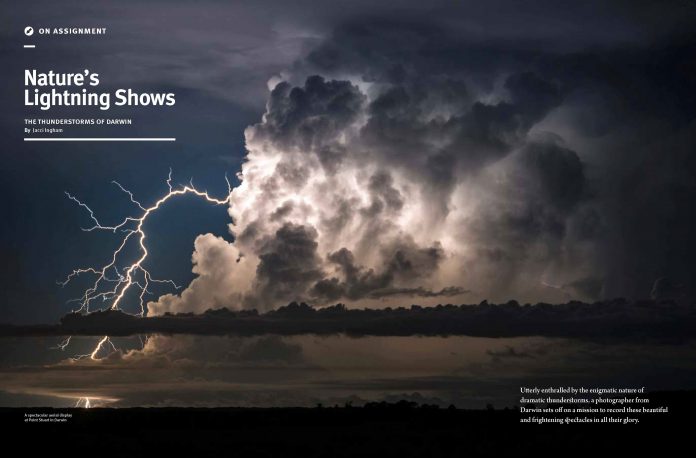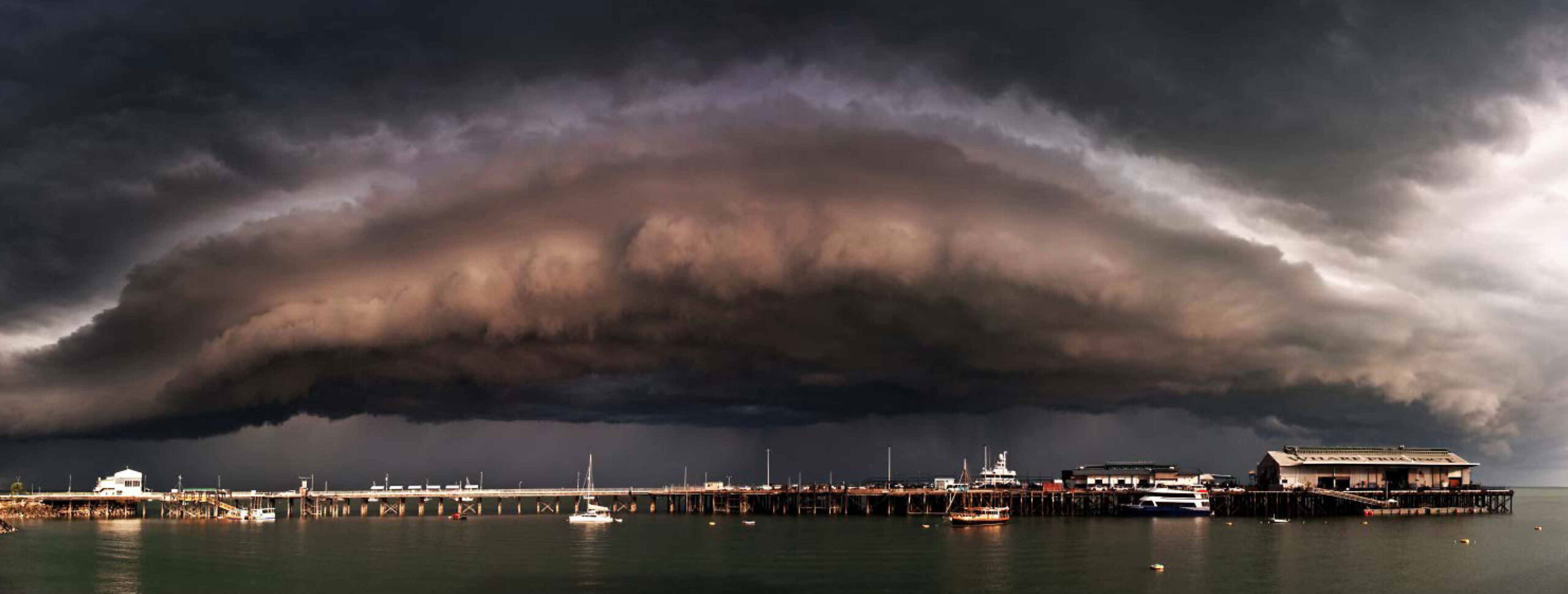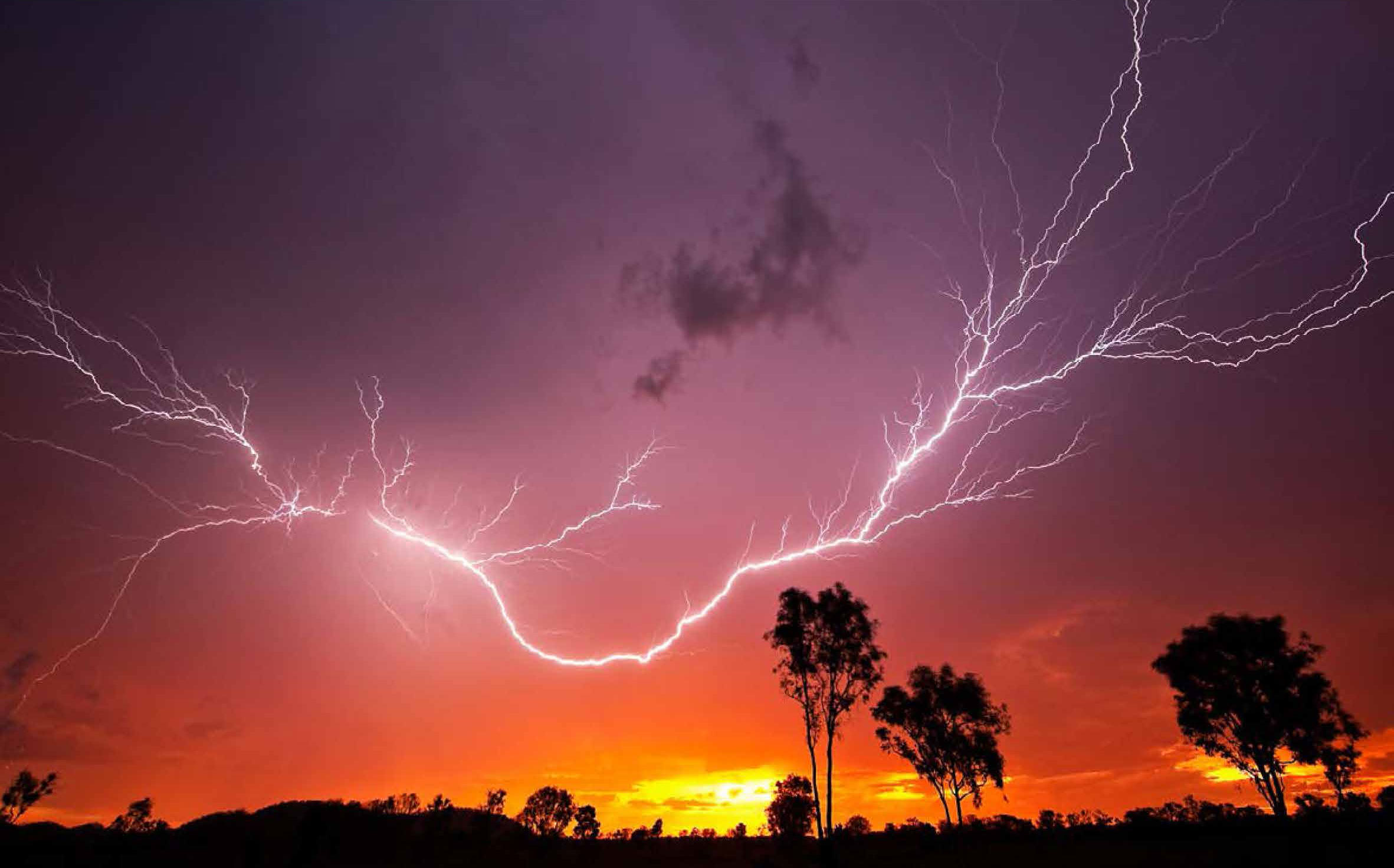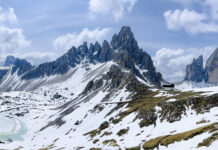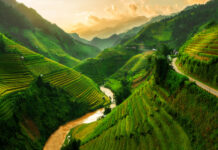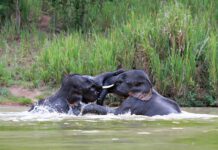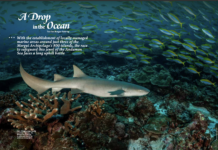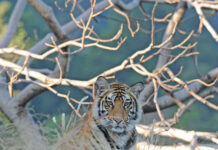Utterly enthralled by the enigmatic nature of dramatic thunderstorms, Jacci Ingham, a photographer from Darwin, sets off on a mission to record these beautiful and frightening spectacles in all their glory.
My name is Jacci Ingham from Darwin in Australia’s Northern Territory. I am a local Nature photographer and storm chaser who has a passion for Northern Australia’s weather and the great outdoors. Since I was a child, I used to dive into non-fiction books about climate and weather, the type of books that may be considered unusual for a 10-year-old to be so engrossed in.
I have always been captivated by the mysterious nature of thunderstorms – they can be both frightening, yet very beautiful at the same time. My passion for photography comes from my fascination with Nature and an artistic side that I have had since birth.
I have grown up in the Territory for most of my life and have spent half of it living in Darwin, the Northern Territory’s capital, and I have been chasing thunderstorms in this region for the last decade.
Northern Australia – Climate and Lightning Strikes
Northern Australia has a tropical savannah climate with two distinct seasons, the wet season and the dry. Specific climates range from semi-arid tropics further inland to the wet/dry tropics on the far northern coast. It is well known as a tourist destination for dry-season visitors escaping the cool of the southern winters; it is also well known for its high wet-season humidity and spectacular lightning storms during the build-up and wet-season months.
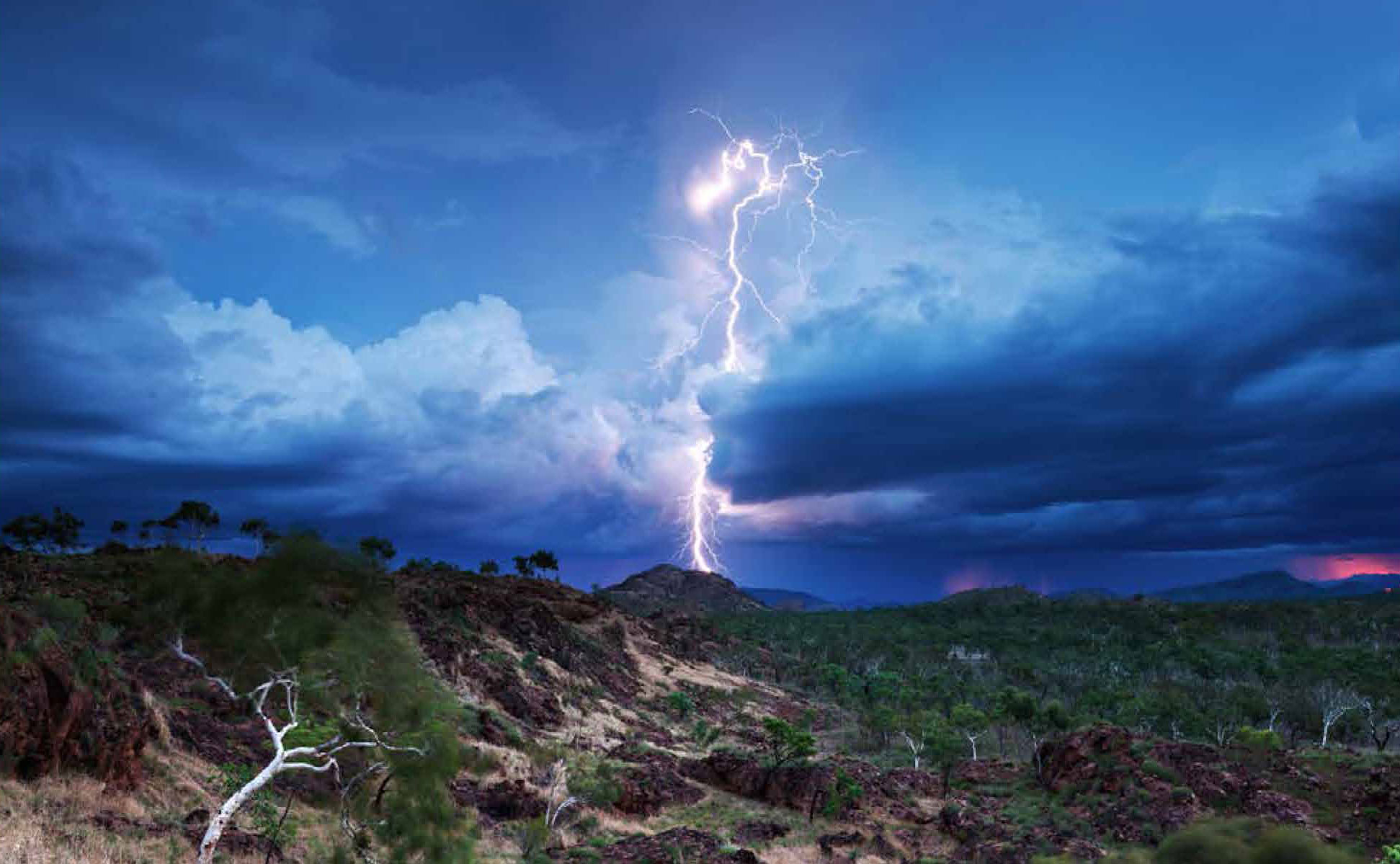
This has become a drawcard for both local and overseas photographers and weather enthusiasts wanting to witness firsthand these amazing light shows. The areas surrounding the northern third of the Northern Territory and the Kimberley regions of Western Australia are the most storm-and lightning-prone areas of Australia, with Darwin receiving in excess of 80 thunder days per year.
The Mitchell Plateau in the far northern Kimberley Region of Western Australia peaks with the highest annual lightning density in the country – over 25 strokes per square kilometre, according to the Australian Government Bureau of Meteorology’s lightning data maps.
Check out the rest of this article in Asian Geographic No.109 Issue 1/2015 here or download a digital copy here


